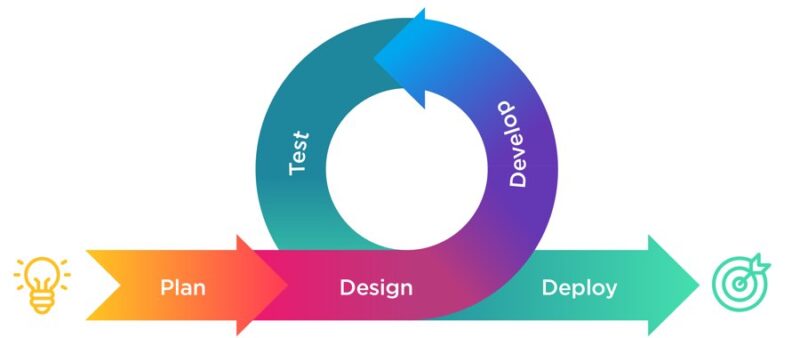Creating a project scope means assessing all the resources and tasks needed to complete certain projects and helps all stakeholders to know their roles. However, most scopes can be too rigid for software development projects and that why teams need an Agile project scope instead.
What makes Agile project scopes work well for developing software is that they’re good at highlighting the most important requirements first instead of mixing them with the finer details. The best part about Agile project scopes is that even though they’re flexible, they don’t eliminate any elements of discipline in them and this is what puts it at the top of software development trends.
Define your software’s goal
When using the Agile scope planning approach in developing software, the most important aspect you’ll need to take care of is defining the problem or problems it must solve. If you’re a project manager, you will need to discuss with the client and the software engineers to determine a realistic way of creating a program that’ll function.
To realistically determine how you will get a software program designed, you’ll need to formulate a project scope that’ll be flexible. Creating a flexible scope without going off-topic in a meeting is hard.
That’s why the agenda should be focused on stating the need, defining target consumers, and making the program different from the rest.
Making an implementable
When everyone involved in developing the software has a clear idea of the bigger picture, a plan must be devised to accomplish it. This responsibility lies largely with the client and allows him to voice out what they want done at different flexible milestones during the project.
Unlike creating an implementable for a software development project the traditional way, you don’t need to get into the details when using Agile scoping. It’s for the project manager to take care of that. The only thing you can do is set goals and discuss with all parties involved when they can be met.
Moving on to the finer details
After certain targets have been put in place for developers, it’s time for the project manager alongside the development team to decide how these will be met. To determine how targets will be met, a list of specific tasks must be drafted by the development team and agreed upon by all parties involved.
Some of the tasks that can be included to meet a target, like creating a user interface, would be as follows – designing a template of what the end product should be like, gathering, or creating resources to aid the software designers and letting them piece everything together.
Stand up meetings
The Agile scoping approach is designed to make the project move quickly, and since it entails a plan that is adaptable to change, they must be spotted early. To promptly spot changes that can affect the task at hand, daily meetings must be scheduled where team members can check-in and report all problems and progress.
These meetings don’t have to be long and must ideally have a maximum duration of 15 minutes, where team members must touch on only three topics. What they did the previous day, what they’re about to do and any challenges they are facing so they can get help as soon as possible.
Target reviews
At the end of meeting a target, when a new feature is ready for the client, everyone is usually in a celebratory mood due to the effort invested. However, this time is also the right moment to review the work done to display it to all parties involved besides just your team members.
While the atmosphere in which the review is written may be elevated, it must be compiled factually and practically to ensure that target is met correctly. Bear in mind that the client still holds the right demand changes or a total do-over if the results are unsatisfactory.
Learn, adapt and improve
Agile scoping is great for moving from target to target and project to project with ease and can be beneficial when the client wants several software programs. But to move onto the next target or project with purpose, you need to schedule a time where your team can look back at what they’ve done.
As a team, try to figure out how everything transpired in the previous run by honestly determining whether the workload was okay or whether everything went as planned. Discussing these topics will help you come up with a better approach after each target.
Conclusion
Nothing is more important than moving fast when it comes to technology, as getting your foot in first or making great improvements will help you achieve your goals faster.
That’s why Agile project scopes are a perfect alternative to the long winding traditional approaches. Agile scopes also help you deal with change a lot better and that is why they are better suited to the ever-shifting dynamics involved in software development.
Author Bio:
Jessica Chapman is a writing editor from Chicago specializing in writing SaaS products, latest gadgets and essay writing service reviews. She is a blogger and loves to write about sports, politics, and traveling. You can contact Jessica on Facebook.
Read Dive is a leading technology blog focusing on different domains like Blockchain, AI, Chatbot, Fintech, Health Tech, Software Development and Testing. For guest blogging, please feel free to contact at readdive@gmail.com.





